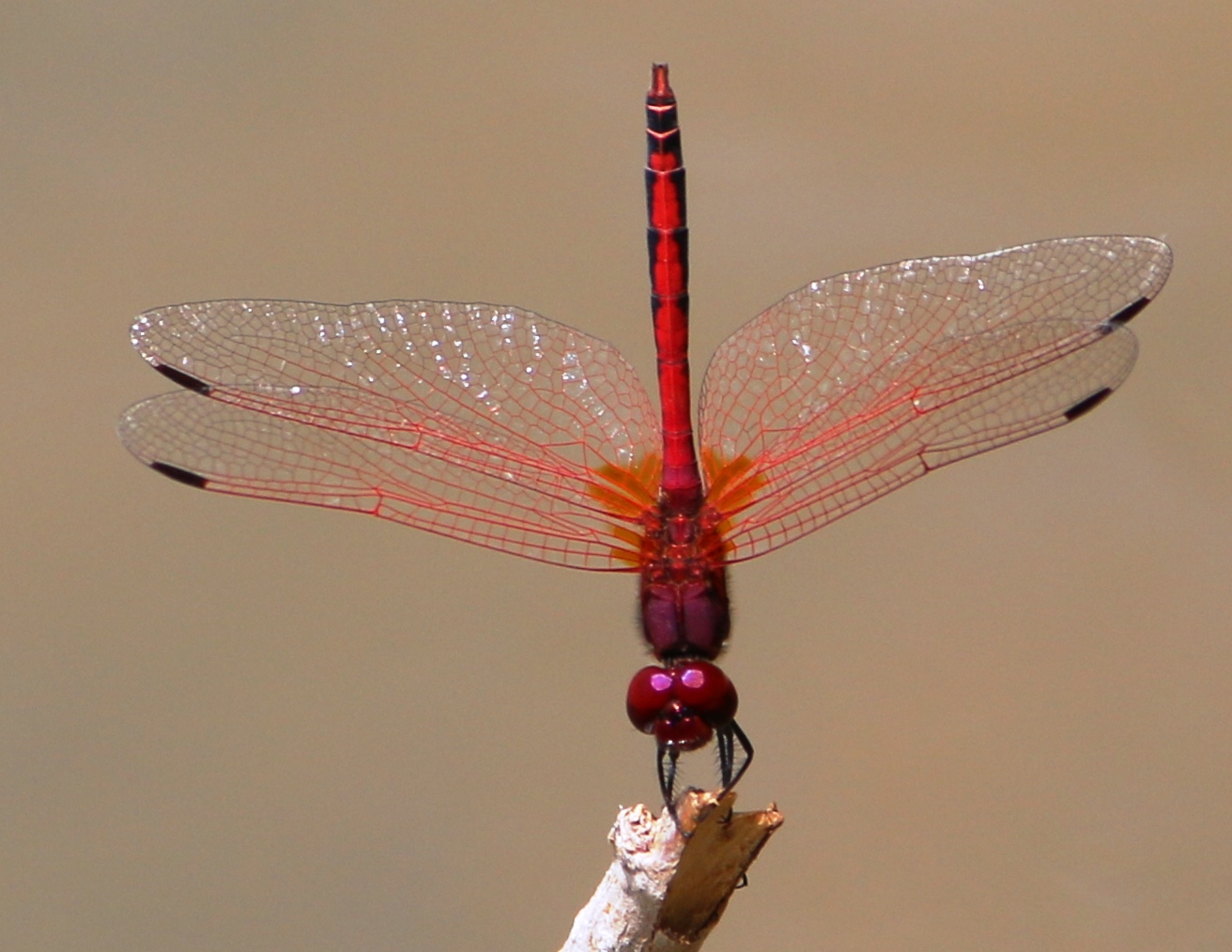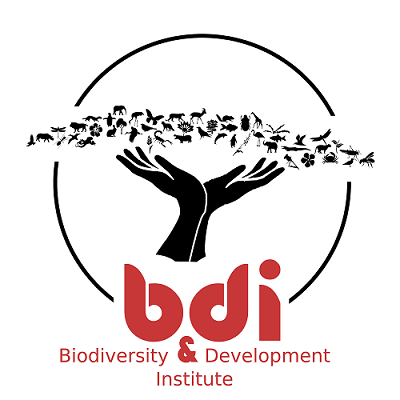We asked citizen scientist Altha Liebenberg to select a few of the Virtual Museum records which had given her the greatest pleasure in submitting during 2018. Altha lives in a small town called Daniëlskuil, in the Northern Cape Province of South Africa, about 140 km northwest of Kimberley.

Traditionally, coverage of this vast area of the Northern Cape north and west of Kimberley is pathetically thin in biodiversity projects. Altha has turned Daniëlskuil into one of the coverage hotspots for the Virtual Museum. Over the past six years, she has submitted almost 12,000 records from the town and its immediate surroundings. This is close to the number of citizens of Daniëlskuil.

This is the sixth time Altha has photographed this “form” of baboon spider at Daniëlskuil for the Virtual Museum. This is her only record of it for 2018 – see http://vmus.adu.org.za/?vm=SpiderMAP-9631. This spider belongs to the genus Harpactirella. Ian Engelbrecht, who has a specialist interest in the baboon spiders, comments: “The genus Harpactirella is complex and we don’t know what the species boundaries are. This particular form only occurs around Daniëlskuil. At Griekwastad, Kuruman and Campbell, the next closest points from which we have records, different forms occur. These various forms occurs across the Karoo. They make very distinctive round burrows along drainage lines and the edges of pans. The females have striking orange markings on the front legs. All of Altha’s records so far have been of males.” So there is lots of taxonomic research needed just to sort out the species of the genus Harpactirella.

Altha uploaded 14 records to ReptileMAP in 2018, and is responsible for 88 of the 109 records of reptiles for this grid cell. This was her “reptile of the year”. She wrote: “OK, I’m still in shock. I was slowly creeping up on some springbok for MammalMAP when this snake came across the electric fence. I thought he was going to be a dead snake, but luck was on his side and he just sailed away.” This is a Northern Boomslang Dispholidus typus viridis and is curated in ReptileMAP at http://vmus.adu.org.za/?vm=ReptileMAP-168928.

BOP stands for Birds with Odd Plumage. It is the smallest section of the Virtual Museum, and contains photos of birds with abnormal plumages or with deformities, such as abnormally long bills. There are currently 441 records in BOP. Whether or not this section of the Virtual Museum ever delivers any real “science” is a moot point. We believe that, sooner or later, someone will discover some amazing pattern within these records. Altha highlighted this African Red-eyed Bulbul as her record of the year for BOP. She comments: “There was a flock of these bulbuls present, and in among the flock was this black one. It really stood out from the rest, and looked out of place.” This is an African Red-eyed Bulbul, curated at http://vmus.adu.org.za/?vm=BOP-476; the inset photograph of a normal bird is by Vaughan Jessnitz (http://vmus.adu.org.za/?vm=BirdPix-3460) and was taken at Witsand Nature Reserve, not far from Daniëlskuil, in the Northern Cape. (I will do a blog post soon on a selection of the weird and wonderful records in BOP.)

Identifying the “green lacewings” of the family Chrysopidae to species from photographs is notoriously difficult. This member of the family Dichochrysa tacta is an exception. LacewingMAP has 80 records of this species, and 40 of them are photographic. The emerging distribution is shown on the map inset. In broad-brush terms it consists of the arid parts of western South Africa and southern Namibia. But it would be nice to have a lot more records to see the pattern in detail.
This photo is one Altha’s 17 records from Daniëlskuil). (See http://vmus.adu.org.za/?vm=LacewingMAP-15393). There is special value in multiple records for a species at a site. They help define aspects of the “phenology” (timing of the annual cycle). The records for Dichochrysa tacta are spread throughout the year, but the overwhelming majority are in September-December. This was the first of Altha’s five records of Dichochrysa tacta for 2018, on 25 August.
Daniëlskuil is inside the red circle in the inset map above, so Altha’s records are at the “edge” of the distribution. If there are 17 records here, the obvious question is: “How much farther east does the real distribution extend?”

Altha took this photo on 26 December 2918, during an expedition to Douglas, a town near the confluence of the Orange and Vaal Rivers. Her comment: “Dragonflies were scarce, and I was getting very down-hearted that I had not seen any for the whole morning. Then this little guy popped in and said hullo and then was gone again. He just gave me time for two quick photos. I picked this record as one of the highlights of the year because it made a bad day marvelous.”
The species of dragonfly that made Altha’s day for her is Red-veined Dropwing Trithemis arteriosa. This record is curated at http://vmus.adu.org.za/?vm=OdonataMAP-62887. Red-veined Dropwings occur throughout Africa, and the distribution extends beyond Africa in a northeastwards direction to the Arabian Peninsula and to Turkey in southwestern Asia.

This is the distribution map for the Red-veined Dropwing in Africa, based on 6,497 records; there are 3,823 records in OdonataMAP (ie the photographic records such as Altha’s) and 2,674 records in the Odonata Database of Africa, known as the ADDO database (African Dragonflies and Damselflies Online). The ADDO website also contains a profile of the taxonomy, identification and ecology of the Red-veined Dropwing. In this map, the grid cells in which Virtual Museum records of the species has occurred are green and the ADDO records are blue. The ADDO database contributes massively to our knowledge of distribution everywhere north of southern Africa. As amazing as this map is, the reality is that there are still lots of grid cells where Red-veined Dropwings occur, but for which we do not yet have a record!!
It would make the most remarkable difference to our understanding of biodiversity and its distribution if every community across Africa had a citizen scientist just like Altha Liebenberg. Thank you, Altha.

